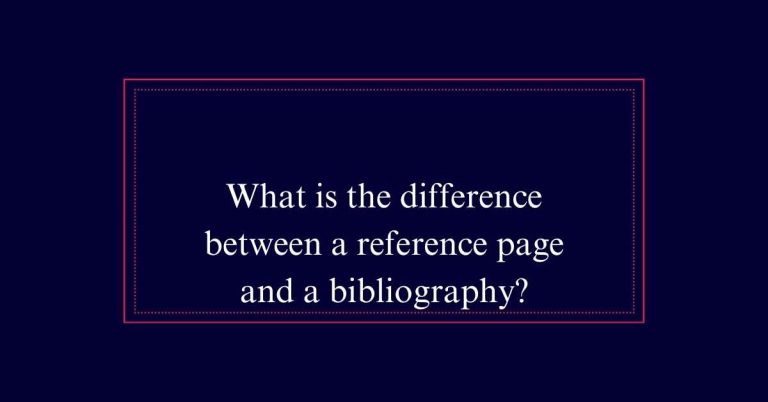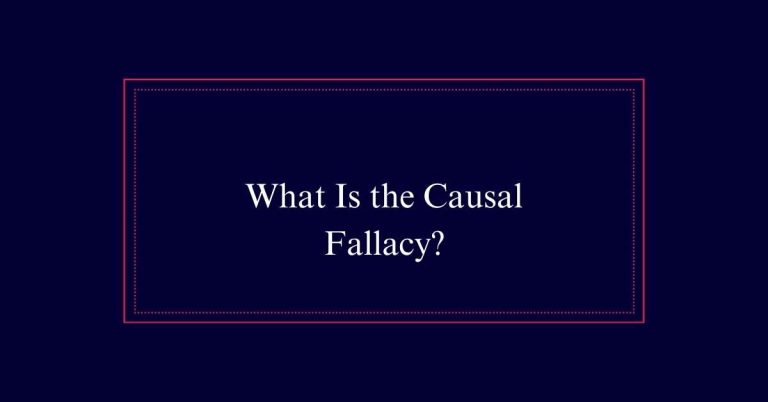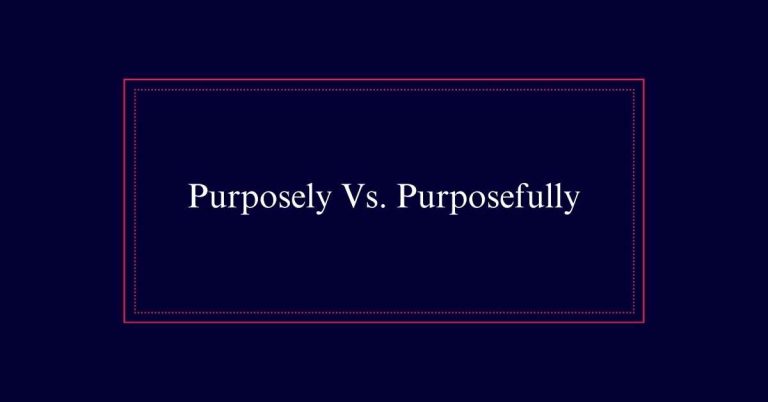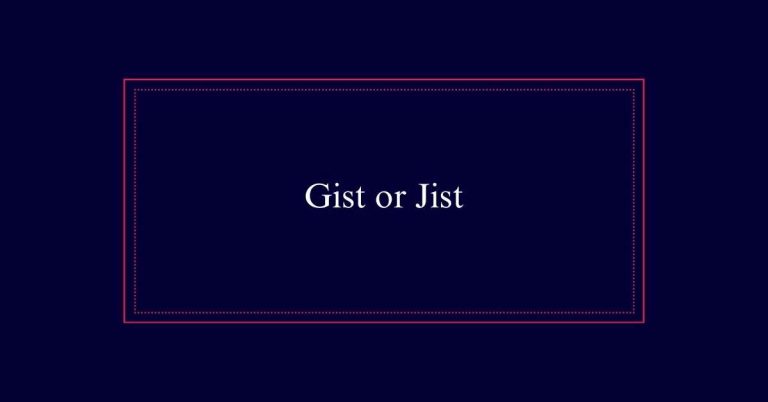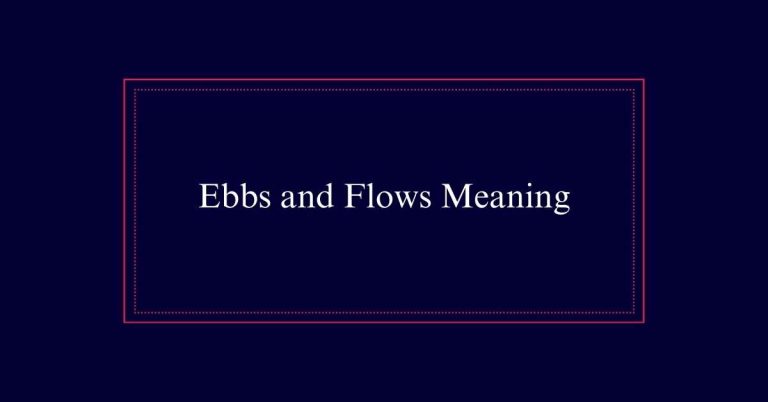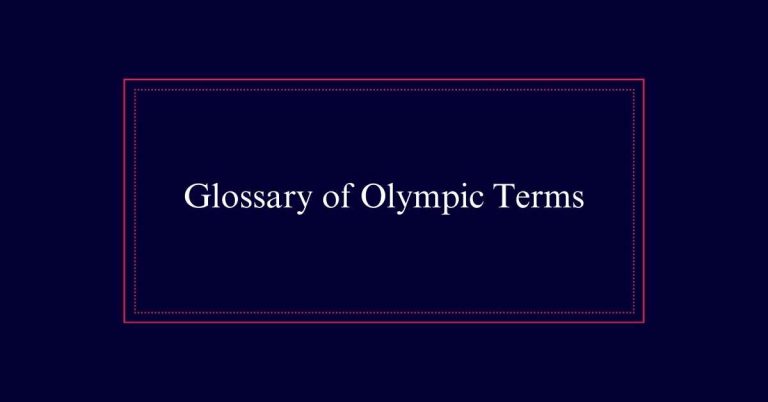Spatter Vs. Splatter
‘Spatter,’ originating from the 1600s Frisian and Middle Dutch languages, refers to the scattering of small liquid droplets. It is often used in contexts like light rain or minor spills. ‘Splatter,’ a blend of ‘spatter’ and ‘splash,’ suggests a more dramatic spread of liquid, suitable for significant messes like paint or mud. In writing, ‘spatter’ denotes precision with tiny spots, while ‘splatter’ conveys a larger, chaotic dispersion.
Historical Origins
The historical origins of ‘spatter’ trace back to the 1600s, with roots in the Frisian and Middle Dutch languages. In Frisian, the word ‘spatterje’ means to send drops of liquid flying in various directions.
Similarly, the Middle Dutch term ‘bespatten’ translates to ‘splash.’ Over time, these concepts merged into the English verb ‘spatter,’ which denotes the scattering of small liquid particles.
As a noun, ‘spatter’ describes the resulting splash or spot, often observed in accidents or literature. This historical background highlights how the word evolved from describing simple actions in everyday life to becoming a precise term in English, used to convey specific types of liquid dispersal.
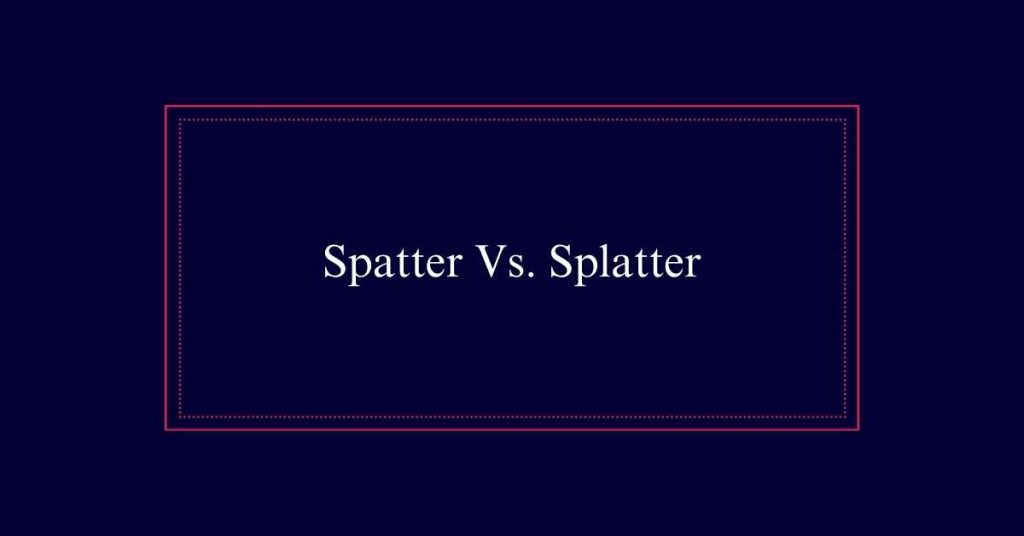
Etymology of Spatter
Originating from the 1600s, the term ‘spatter’ has roots in Frisian and Middle Dutch languages. Specifically, it derives from ‘spatterje’ in Frisian, meaning to send drops of liquid flying in different directions, and from ‘bespatten’ in Middle Dutch, which means to splash. In English, ‘spatter’ has evolved to describe the action of scattering small liquid particles.
Understanding its etymology highlights the precision needed in its application.
- Verb Usage: To scatter small liquid droplets.
- Noun Usage: Refers to the resulting splash or spot.
- Common Contexts: Often used in descriptions of accidents or artistic imagery.
- Historical Evolution: Has maintained a consistent meaning related to liquid dispersion.
Etymology of Splatter
Splatter, reputedly a blend of ‘spatter’ and ‘splash’, emerged to describe the action of scattering or dropping larger quantities of liquid. This term captures the essence of a more substantial and noticeable mess compared to ‘spatter’.
The fusion of these words suggests a greater volume and impact, which is evident in its usage. Unlike its counterpart, ‘splatter’ implies a more dramatic and extensive spread of liquid.
Historically, the term has roots in vivid literary descriptions, enhancing the reader’s imagery. The evolution of ‘splatter’ underscores its distinct role in language, differentiating it from the finer, less significant ‘spatter’.
This distinction aids in conveying the scale and intensity of liquid scatter with precision and clarity.
Verb Usage
Understanding the verb usage of ‘spatter’ and ‘splatter’ further clarifies their distinct roles in descriptive language. ‘Spatter’ typically refers to scattering small liquid droplets. In contrast, ‘splatter’ is used for larger, more chaotic drops. This distinction enhances clarity in writing.
- Spatter: Small drops, often used in contexts like light rain or minor spills.
- Splatter: Larger drops, suitable for describing more significant messes, such as paint or mud.
‘Spatter’ might be used in a sentence like, ‘The rain spattered against the window.’
‘Splatter’ could describe, ‘The paint splattered across the canvas.’
Understanding these differences ensures precise communication, enriching descriptive narratives and technical writing.
Noun Usage
In noun form, ‘spatter’ and ‘splatter’ often describe the resulting marks or spots from scattered liquid. ‘Spatter’ typically refers to small droplets or spots, such as those found after a minor spill or light rain. These marks are usually small and not very extensive.
On the other hand, ‘splatter’ denotes larger, more noticeable spots, often from a more forceful or larger amount of liquid. Examples of splatter include paint drops from a brush or blood in a crime scene. The distinction between these nouns helps in accurately conveying the extent and intensity of the liquid’s dispersion. This precision is valuable in both descriptive writing and technical contexts.
Key Differences
Differentiating between spatter and splatter hinges on the size and intensity of the liquid dispersion involved. Spatter refers to the scattering of small liquid particles, often resulting in fine droplets.
Splatter, on the other hand, involves larger, more forceful dispersions, creating bigger spots or messes.
Key differences include:
- Size of droplets: Spatter consists of tiny drops; splatter involves larger ones.
- Intensity of action: Spatter is gentle; splatter is more forceful.
- Common contexts: Spatter is often seen in minor spills, while splatter is more typical in messy accidents.
- Usage in writing: Spatter conveys subtlety; splatter implies a dramatic or vivid scene.
Understanding these distinctions helps in precise communication and descriptive writing.
Precision in Writing
Precision in writing involves selecting the exact word to convey your intended meaning clearly and effectively. Using ‘spatter’ and ‘splatter’ accurately is essential for precise descriptions.
‘Spatter’ refers to scattering small droplets, while ‘splatter’ implies a larger, messier spread. Precision helps readers understand the scale and nature of the liquid scatter. Misusing these terms can lead to confusion and weaken your writing.
For instance, describing a small bloodstain as a ‘spatter’ is more accurate than calling it a ‘splatter.’ This distinction enhances the reader’s visual imagery and comprehension.
To conclude, careful word choice, like knowing when to use ‘spatter’ versus ‘splatter,’ elevates the clarity and effectiveness of your writing.
Impact on Communication
Understanding the difference between ‘spatter’ and ‘splatter’ greatly enhances communication by providing accurate and vivid descriptions. Using these terms correctly guarantees that the size and intensity of liquid scatter are conveyed properly. This precision is vital in various fields, including literature, forensic science, and journalism. It helps avoid ambiguity and fosters clear, effective communication.
- In literature, vivid imagery relies on precise word choice.
- In forensic science, accurate descriptions of blood patterns can be essential.
- In journalism, clear reporting of incidents maintains reader trust.
- In everyday conversation, understanding nuances improves clarity.

